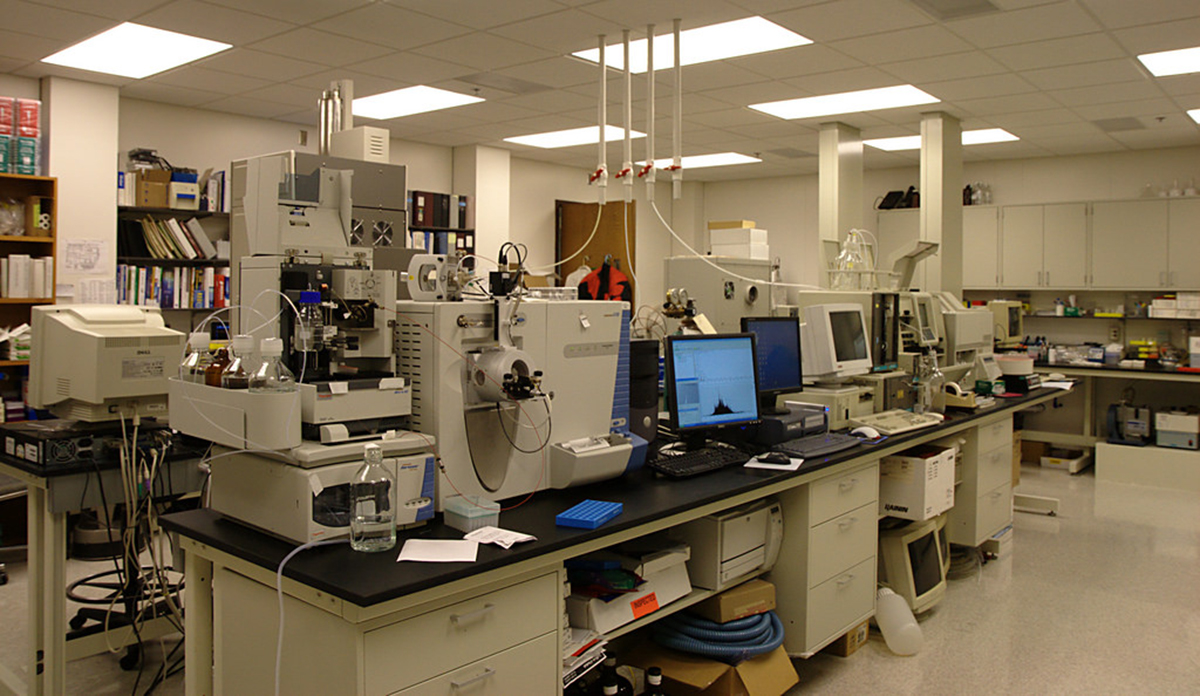While the US news media were focused on healthcare reform and making health insurance available to more Americans, numerous important advances in the treatment and understanding of common health conditions simply did not make the headlines.
Healthcare Advances That Didn't Make the Headlines
Here is a roundup of the top medical breakthroughs of 2010, beginning with the advances in the understanding of human biology that can help all of us make sensible health choices.
A new understanding of environmental cues for sleep and wakefulness
 Insomnia is a key health problem for hundreds of millions of people worldwide, and in December of 2010 University of North Carolina scientists announced advances in understanding the relationship between light and sleep. Scientists have known for about 15 years that as little as a millisecond of exposure to blue light, which can be seen even when the eyelids are shut, can turn off the processes that make the sleep hormone melatonin in the brain. What they have not known until this year is that a complex protein called cryptochrome restarts them. Now scientists have a way to develop medications for insomnia that don't lead to sedation and drowsiness the next day. In the meantime, sleep-deprived people may find that something as simple as using a yellow night light, or a sleep mask, may make a huge difference in how well they sleep.A proprietary plant extract known as Longevinex is even better than red wine for protecting the heart
Researchers have also known since the 1990's that red wine catechins containing resveratrol protect the heart. The problem with making a resveratrol supplement was that enormous amounts of red wine yield only small amounts of resveratrol, so scientists turned to the Chinese herb polygonum, also known as knotweed, to make the over-the-counter cure. In December 2010 a research team publishing findings in the research journal PloS ONE reported that Longinex does a better job of protecting the heart during heart attack even than pure resveratrol. Neither supplement stops a heart attack, both protect the heart from damage when oxygen supplies or low, Longevinex much more than resveratrol, at least in studies with laboratory animals.Eating your veggies can protect your kidneys
One of the most dangerous effects of chronic disease is accumulation of the mineral phosphorous to toxic levels. In a report of research completed in 2010 that will be published in the Clinical Journal of the American Society Nephrology in 2011, medical researchers explain that kidney failure patients who eat additional servings of vegetables and fewer servings of meat have fewer complications from their disease.Advances in Understanding and Treating Heart Disease
2010 also brought advances in medical technology that may make treating heart disease simpler, less expensive, and less invasive. One of the most important is a blood test that can predict heart attack risk.
A blood test may be even more useful than a treadmill test

The heart renews itself more and more quickly as we age
After the age of 65, many heart patients are given less aggressive treatment on the assumption that aging hearts can't mend. A study at Brigham and Women's Hospital in Boston found that this assumption simply is not true. Stem cells are found in the body throughout life. Our bodies use our own stem cells to make replacement tissues, although the process is not as dramatic as the action of stem cells in the embryo. To the investigators' surprise, the older we get, the more stem cells our hearts produce to renew aging tissue. In a study of people aged 19 to 104, scientists found:•   At age 20, heart cell renewal rates were 10 percent in women and 7 percent in men.
•   At age 60, heart cell renewal rates were 15 percent in women and 12 percent in men.
•   At age 100, heart cell renewal rates were 40 percent in women and 32 percent in men.
The older you get, the more power your heart has to heal itself. Men's heart tissues are programmed to "wear out" faster than women's heart tissues, but the net effect is to give men's and women's hearts similar function.
Advances in Women's Health
Also largely left out of the headlines in 2010 were many advances in women's health. Here are just a few of the findings that could have huge impacts in women's lives.
•   Estrogen replacement therapy in women after menopause has long been associated with increased rates of breast cancer. Researchers have observed that breast cancer diagnosed at the harder-to-treat stages II and III is much more common in women who have taken estrogen replacement.
 •   Removing just an addition 2 mm (1/10 of an inch) around the margins of a breast cancer tumor, however, helps reduce residual cancer in 98 per cent of women who have breast cancer surgery, doctors at Good Hope Hospital in the UK report.
•   Removing just an addition 2 mm (1/10 of an inch) around the margins of a breast cancer tumor, however, helps reduce residual cancer in 98 per cent of women who have breast cancer surgery, doctors at Good Hope Hospital in the UK report.•   A research team led by Professor Graham Packham of the University of Southampton in the UK found that watercress contains a chemical called phenylethyl isothiocyanate that "turns off" a protein that allows breast cancer cells to survive under low-oxygen conditions. The equivalent of a small bowl of watercress, about 80 grams, once or twice a week, is likely to provide an optimum dose of the plant chemical.
•   The ticking biological clock, University of Texas researchers report, increases women's sex drive after 40. Women in their last reproductive years tend to desire a variety of sexual experiences.
•   Exercise researchers have finally realized that women have a lower peak heart rate than men. The old formula of 220 minus age in years is a good estimate of a maximum heart in men, but it is too high for women. A new formula is being developed for women's exercise machines and stress tests.
•   Researchers in Iran have developed a test that accurately predicts when a woman will hit menopause (usually to within 3 or 4 months of the actual date). Blood is drawn and analyzed for anti-Muellerian hormone (AMH), which measures activity in the ovaries.
To keep up with medical developments in 2011, be sure to make regular visits to Steady Health, where exciting medical breakthroughs are reported every day.
- Mukherjee S, Ray D, Lekli I, Bak I, Tosaki A, Das DK. Effects of Longevinex (modified resveratrol) on cardioprotection and its mechanisms of action. Can J Physiol Pharmacol. 2010 Nov, 88(11):1017-25.
- Photo by shutterstock.com


Your thoughts on this